Zoe Leonard’s first major survey reveals a prophetic artist ahead of her time
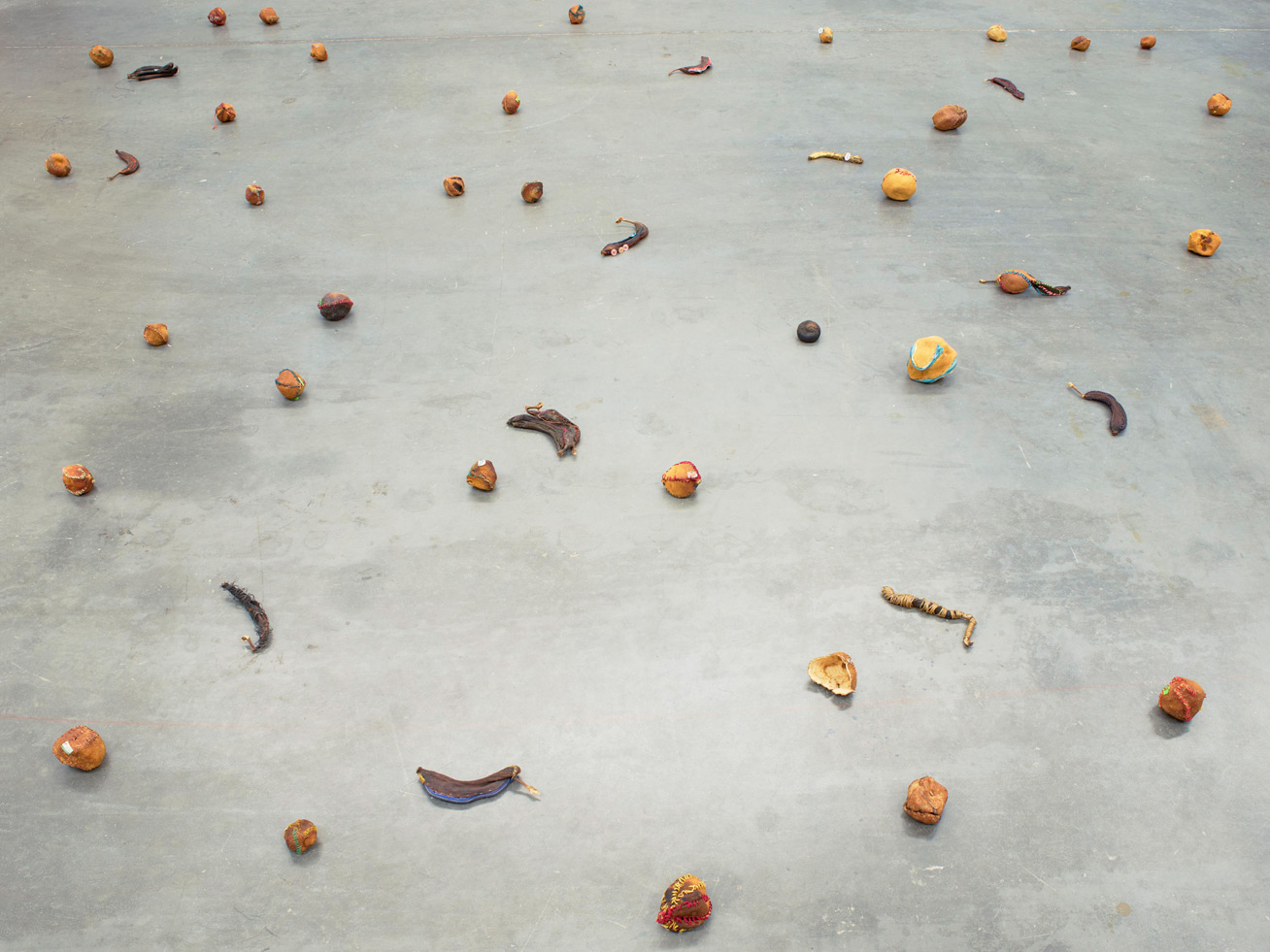
American artist Zoe Leonard (born 1961) has tackled the status quo and its impact on individual identity and the urban landscape through her photography, sculptures and installations since the early 1980s. But her work is incredibly germane right now – so much so that in her first major mid-career survey at the Whitney Museum of American Art in New York, it can be difficult to discern which pieces are recent and which are historic.
Comprising some 100 works from the New York-based artist, the show has been curated by Bennett Simpson and Rebecca Matalon from the Museum of Contemporary Art in Los Angeles (the exhibit will travel there in autumn). ‘We call it a survey, but it’s not intended to be a comprehensive retrospective,’ explains Whitney assistant curator Elisabeth Sherman. ‘We are using the other meaning of survey, examining the idea of what it means to survey something, to look out at a landscape and describe it from multiple points and show the way in which Zoe frames the world.’
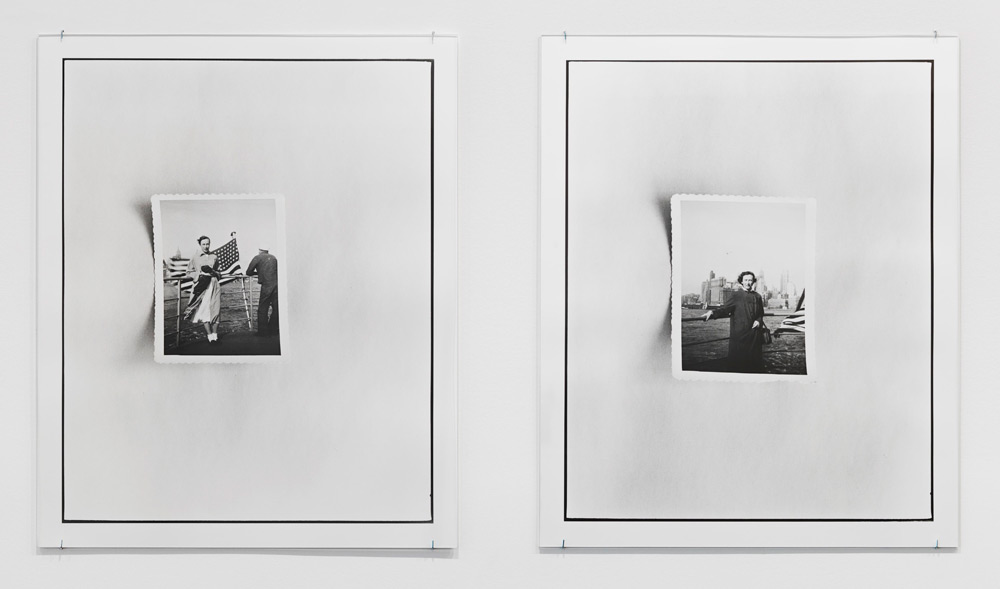
New York Harbor I, 2016, by Zoe Leonard, two gelatin silver prints. Collection of the artist.
I want a president, for example, calls for diverse representation in government and questions the President in power. ‘I want to know why we started learning somewhere down the line that a president is always a clown: always a john and never a hooker. Always a boss and never a worker, always a liar, always a thief and never caught.’ While this sentiment certainly resonates with the current political art scene, it is from 1992.
Conversely, her most recent 2018 installation, Why have there been no great women artists?, presents excerpts from Linda Nochlin’s 1971 essay regarding the women’s liberation movement and the contemporary art milieu at that time. And Leonard’s 2008 work, You see I am here after all depicts our longtime fascination with self-documentation with an arrangement of 3,883 vintage Niagara Falls postcards.
Other art such as her Anatomical Model series examines the role of gender and the male gaze, while her ‘airplane window’ series contemplates how we look out at the world at large. ‘There is a lot of work that addresses the ways in which institutions, including museums, display bodies and lives and how people and objects are put on display and also how people look at things on display,’ says Sherman. ‘There is a perceived transparency, but Zoe is asking the visitor look more closely, not just at the exhibition, but at the information itself.’
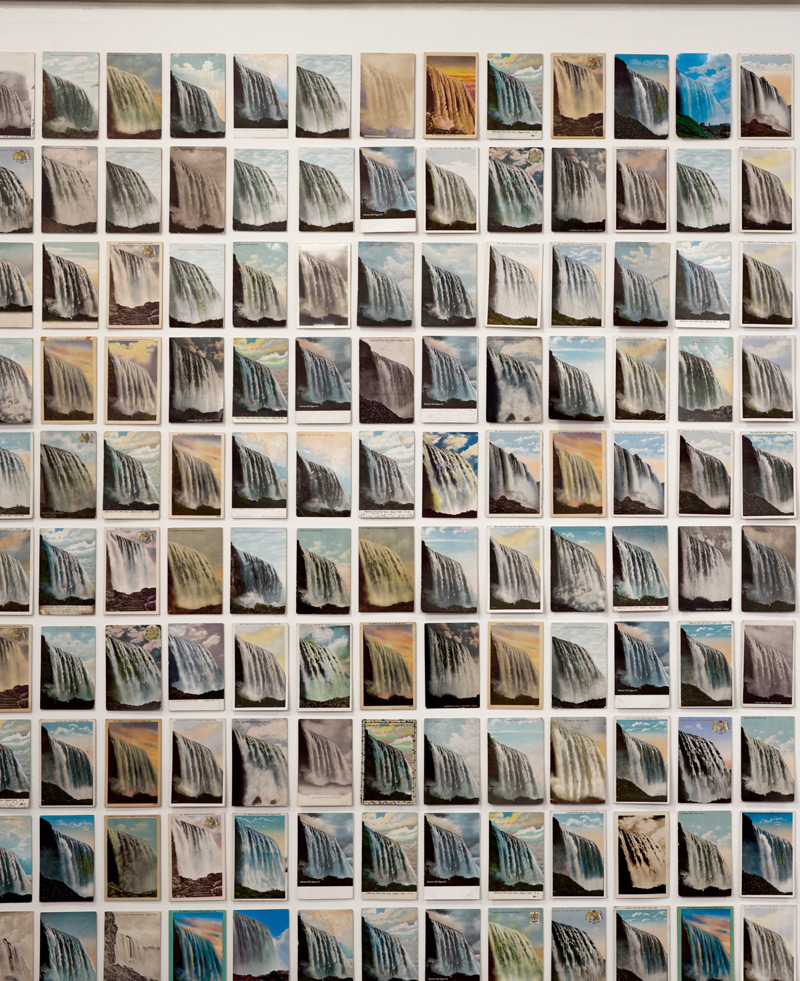
You see I am here after all (detail), 2008, by Zoe Leonard, vintage Niagara Falls postcards
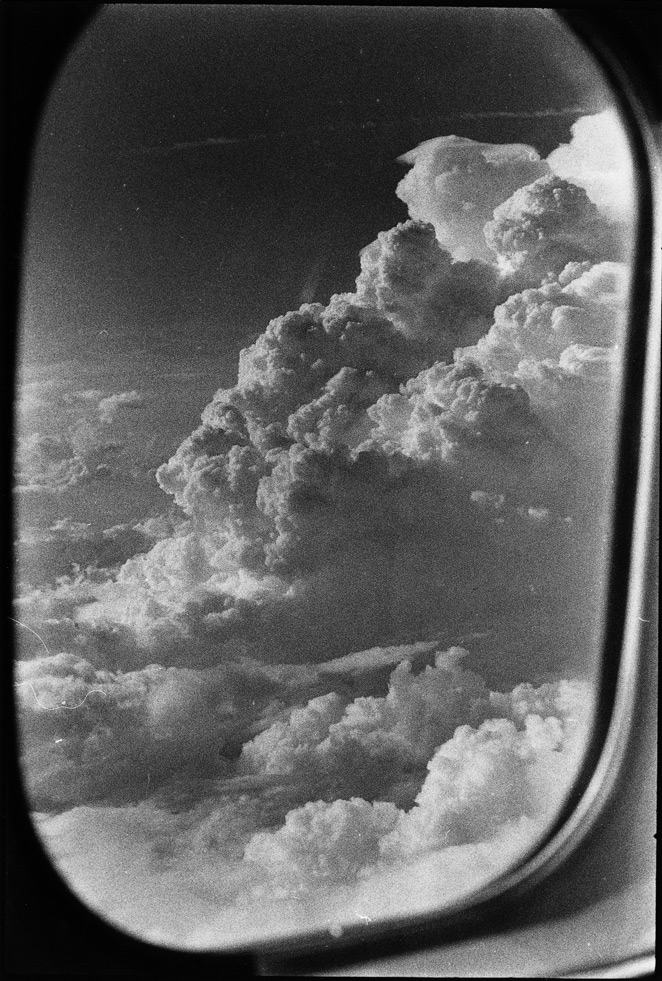
Untitled, 1989, by Zoe Leonard, gelatin silver print.

Income Tax, Rapid Divorce, 1999, by Zoe Leonard, dye transfer print. Collection of the artist;
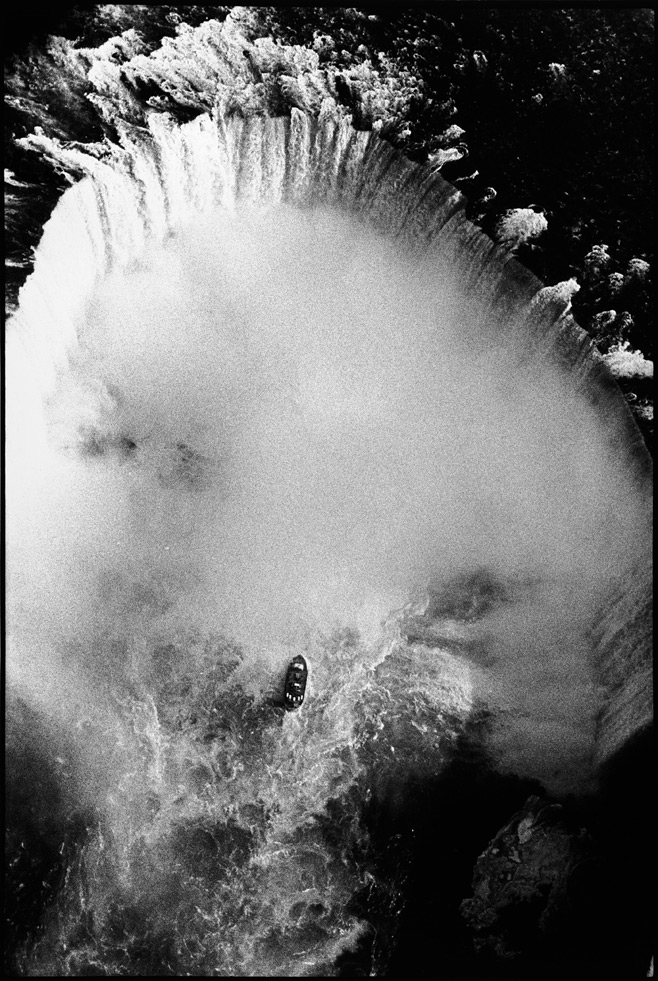
Niagara Falls no.4, 1986/1991, by Zoe Leonard, gelatin silver print. Collection of the artist;
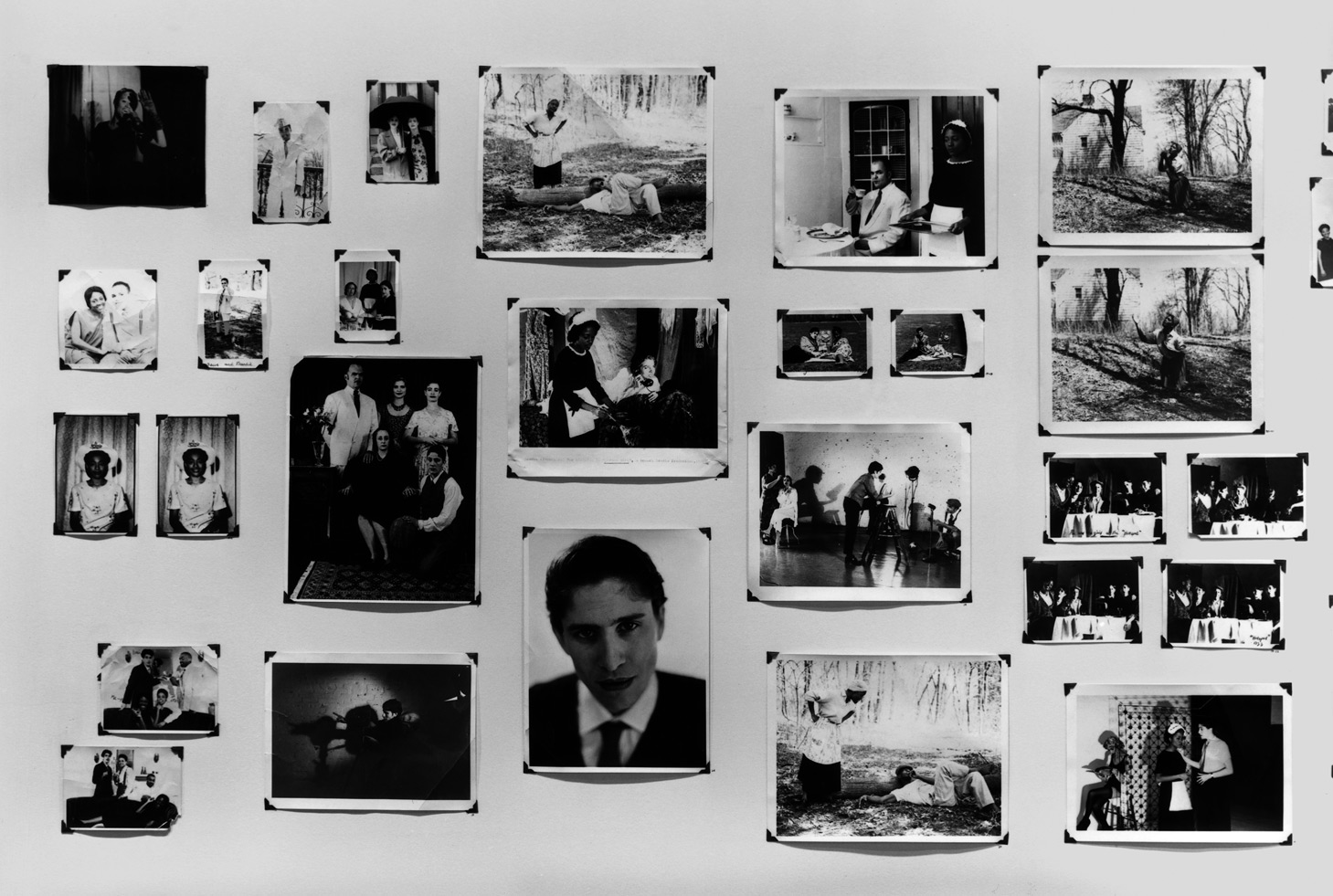
The Fae Richards Photo Archive (detail), 1993-96, by Zoe Leonard, 78 gelatin silver prints and four chromogenic prints. Whitney Museum of American Art, New York; purchase, with funds from the Contemporary Painting and Sculpture Committee and the Photography Committee
INFORMATION
‘Zoe Leonard, Survey’ is on view until 10 June. For more information, visit the Whitney Museum of American Art website
ADDRESS
Whitney Museum of American Art
99 Gansevoort Street
New York
Receive our daily digest of inspiration, escapism and design stories from around the world direct to your inbox.
-
 Europe’s auto industry regroups at the Brussels Motor Show: what’s new and notable for 2026
Europe’s auto industry regroups at the Brussels Motor Show: what’s new and notable for 20262026’s 102nd Brussels Motor Show played host to a number of new cars and concepts, catapulting this lesser-known expo into our sightlines
-
 Wallpaper* Best Use of Material 2026: Beit Bin Nouh, Saudi Arabia, by Shahira Fahmy
Wallpaper* Best Use of Material 2026: Beit Bin Nouh, Saudi Arabia, by Shahira FahmyBeit Bin Nouh by Shahira Fahmy is a captivating rebirth of a traditional mud brick home in AlUla, Saudi Arabia - which won it a place in our trio of Best Use of Material winners at the Wallpaper* Design Awards 2026
-
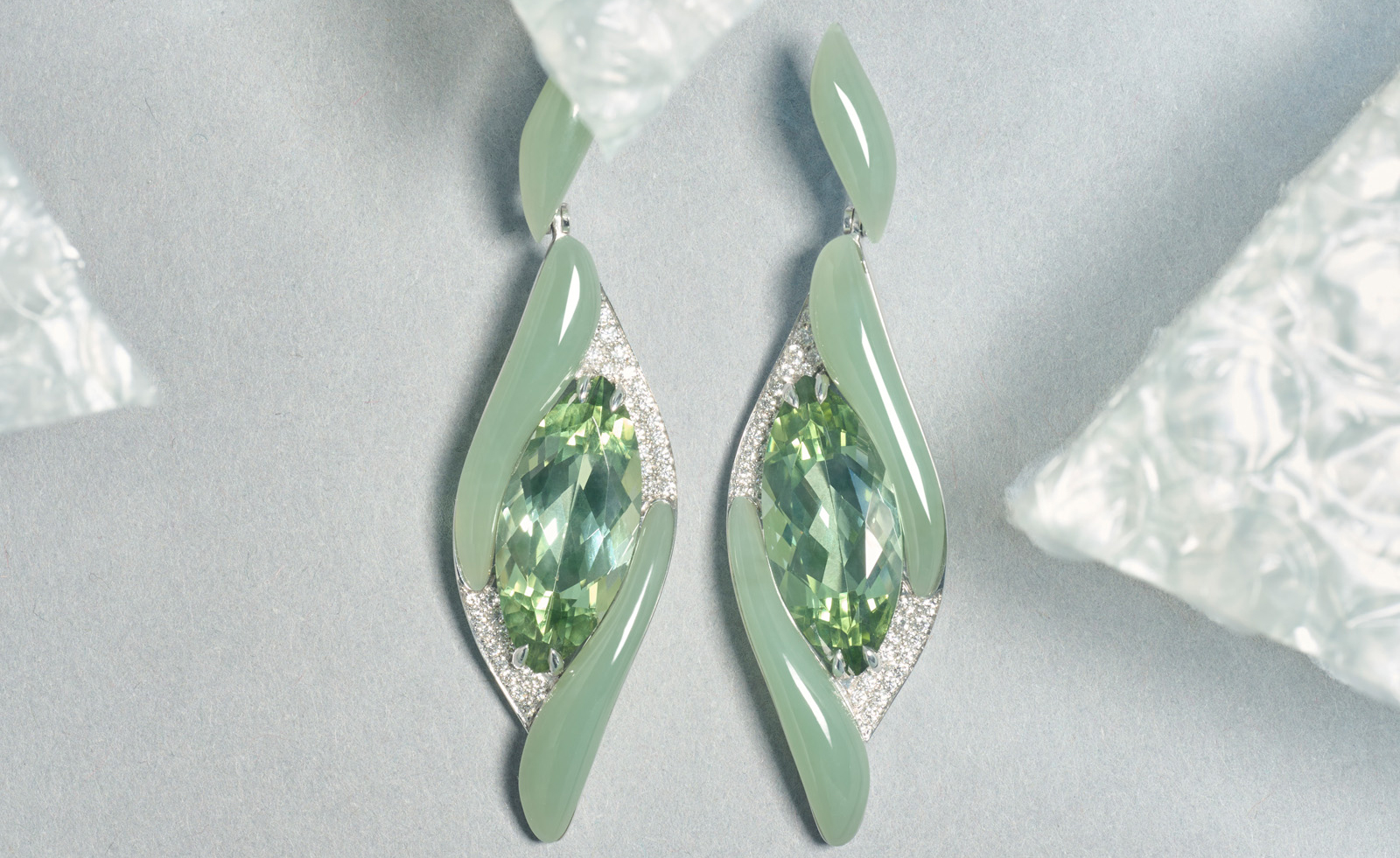 Wallpaper* Design Awards: Boghossian’s gem wizardry dazzles in high jewellery
Wallpaper* Design Awards: Boghossian’s gem wizardry dazzles in high jewelleryBoghossian's unique mix of craftsmanship and modern design is behind the edgy elegance of its jewellery – a worthy Wallpaper* Design Awards 2026 winner
-
 Out of office: The Wallpaper* editors’ picks of the week
Out of office: The Wallpaper* editors’ picks of the week'Tis the season for eating and drinking, and the Wallpaper* team embraced it wholeheartedly this week. Elsewhere: the best spot in Milan for clothing repairs and outdoor swimming in December
-
 Nadia Lee Cohen distils a distant American memory into an unflinching new photo book
Nadia Lee Cohen distils a distant American memory into an unflinching new photo book‘Holy Ohio’ documents the British photographer and filmmaker’s personal journey as she reconnects with distant family and her earliest American memories
-
 Out of office: The Wallpaper* editors’ picks of the week
Out of office: The Wallpaper* editors’ picks of the weekIt’s been a week of escapism: daydreams of Ghana sparked by lively local projects, glimpses of Tokyo on nostalgic film rolls, and a charming foray into the heart of Christmas as the festive season kicks off in earnest
-
 Ed Ruscha’s foray into chocolate is sweet, smart and very American
Ed Ruscha’s foray into chocolate is sweet, smart and very AmericanArt and chocolate combine deliciously in ‘Made in California’, a project from the artist with andSons Chocolatiers
-
 Inside the work of photographer Seydou Keïta, who captured portraits across West Africa
Inside the work of photographer Seydou Keïta, who captured portraits across West Africa‘Seydou Keïta: A Tactile Lens’, an exhibition at the Brooklyn Museum, New York, celebrates the 20th-century photographer
-
 Out of office: The Wallpaper* editors’ picks of the week
Out of office: The Wallpaper* editors’ picks of the weekFrom sumo wrestling to Singaporean fare, medieval manuscripts to magnetic exhibitions, the Wallpaper* team have traversed the length and breadth of culture in the capital this week
-
 María Berrío creates fantastical worlds from Japanese-paper collages in New York
María Berrío creates fantastical worlds from Japanese-paper collages in New YorkNew York-based Colombian artist María Berrío explores a love of folklore and myth in delicate and colourful works on paper
-
 Out of office: the Wallpaper* editors’ picks of the week
Out of office: the Wallpaper* editors’ picks of the weekAs we approach Frieze, our editors have been trawling the capital's galleries. Elsewhere: a 'Wineglass' marathon, a must-see film, and a visit to a science museum